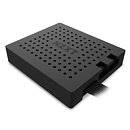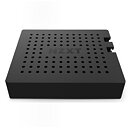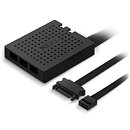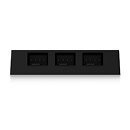
Acer Reveals New Additions to Vero Line with Eco-friendly LED Projectors
Acer today unveiled two new projectors in its eco-friendly Vero product line; the Acer Vero PD2528ic and the Acer Vero PD2328. Both projectors are designed to equip businesses and consumers with high-performance, energy-efficient technology, making these excellent choices for those looking to reduce their ecological footprint.
Stunning Image and Color Projection with Gen 4 LED Lighting Technology
The latest Gen 4 LED light source enhances the brightness of the new Acer PD2 Series projectors by up to 18.5% compared to the previous generation, allowing for high-light output of up to 3,700 ANSI lumens and making them great options for home cinema or meeting room setups. These deliver excellent color performance with support for 120% of the REC 709 color space and offer 1.5 times wider coverage compared to traditional lamp-based projectors. Plus, their 0.65-inch DMD chip power their high and dynamic contrast ratios of 50,000:1 for vibrant visuals and image quality, even when showing low-light frames.
Stunning Image and Color Projection with Gen 4 LED Lighting Technology
The latest Gen 4 LED light source enhances the brightness of the new Acer PD2 Series projectors by up to 18.5% compared to the previous generation, allowing for high-light output of up to 3,700 ANSI lumens and making them great options for home cinema or meeting room setups. These deliver excellent color performance with support for 120% of the REC 709 color space and offer 1.5 times wider coverage compared to traditional lamp-based projectors. Plus, their 0.65-inch DMD chip power their high and dynamic contrast ratios of 50,000:1 for vibrant visuals and image quality, even when showing low-light frames.











